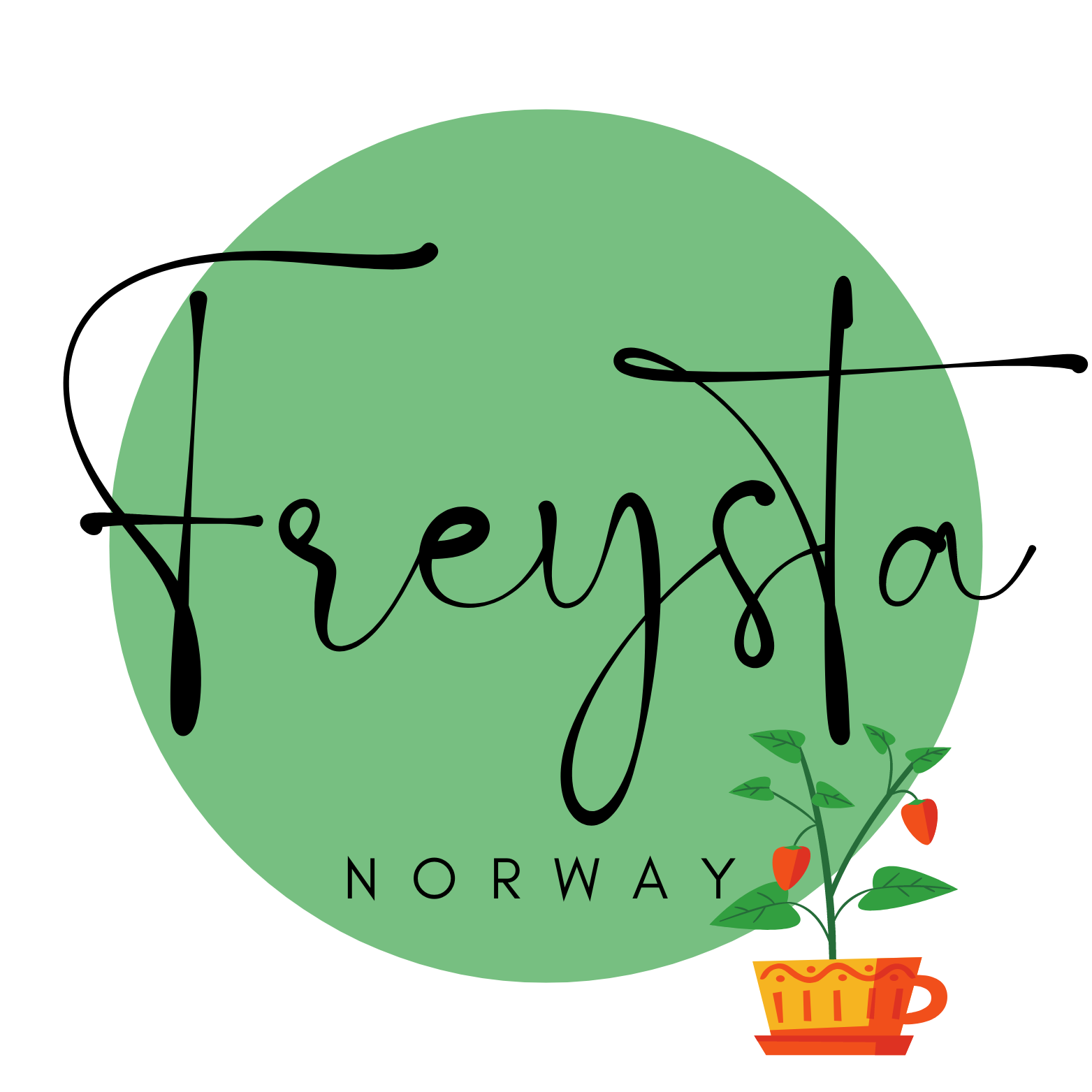Blossom Beware – Five Poisonous Plants in Norway
- Marion Solheim
- Jun 12, 2024
- 4 min read
Updated: Jan 3

The Norwegian wilderness is generally safe to explore, but a few plants can cause serious harm. Nausea, vomiting, and, in the worst cases, death. Here are five to watch out for.
1. Northern Water Hemlock, also called Cowbane (Cicuta virosa)
This plant is known as the most dangerous poisonous plant in Norway. There is no antidote, and even a small taste can lead to severe poisoning. The entire plant is toxic, but the root and lower stem contain the highest concentrations of toxins.
Northern water hemlock (in Norwegian, Selsnepe) is a large plant, growing between 50 and 120 centimeters tall. It belongs to the carrot family and has a yellowish-red milky sap. It thrives near forest ponds, as it prefers nutrient-rich water.
Where in Norway: This plant is most common in Eastern Norway, but it can also be found in Southern Norway, Hordaland, Sogn, and Trøndelag.
Symptoms: Often appear within an hour of ingestion, sometimes as quickly as 15 minutes. They include vomiting, stomach pain, diarrhea, sweating and drooling, dizziness and lightheadedness, severe and prolonged seizures, unconsciousness, and difficulty breathing.
First Aid: Check for plant remnants in the mouth and remove any that are found. Provide a small amount of water to drink. Immediately contact emergency services (113) or the Norwegian Poisons Information Centre.
2. Golden chain tree (Laburnum)
Ah, it's so beautiful! Due to its spectacular blooming, Golden chain tree (in Norwegian, Gullregn) has been a popular ornamental plant. However, Laburnum is one of the most poisonous plants in the country and can potentially be deadly. It is now banned from being planted, but those already present spread quickly. It grows as trees or small shrubs, and there are many types of Laburnum. In spring, it blooms profusely with clusters of yellow flowers.
The entire plant, especially the seeds, is toxic to humans and animals. This is particularly dangerous because the seeds in pods can be tempting to children.
Where in Norway: Mostly found in Oslo, Trøndelag, Vestfold, and Telemark, but it is also present along the entire coast up to Bodø.
Symptoms: Vomiting, dizziness, hallucinations, palpitations, and dilated pupils.
First Aid: Remove any plant remnants from the mouth and provide something to drink. Contact the Norwegian Poisons Information Centre immediately.
3. Foxglove/Lady’s glove (Digitalis purpurea)

A favorite in Norwegian wildflower bouquets, but don't eat it! Foxglove (known as "Revebjelle" in Norwegian) is renowned as an important medicinal plant in heart medicine back in the days. However, too much of a good thing can be dangerous, as the entire plant contains potent toxins.
The beautiful flowers are typically purple-red, and occasionally white or light pink. Foxglove often grows over a meter tall and is commonly found in roadsides and pastures. And more and more as garden flowers.
Where in Norway: Foxglove grows wild in coastal and fjord areas in Southern and Western Norway, up to Trøndelag.
Symptoms: Nausea, vomiting, slow pulse, visual disturbances such as altered color vision, and heart rhythm abnormalities. In large doses, the plant can be fatal.
First Aid: Remove any plant remnants from the mouth. Provide a small amount of water to drink. Contact the Norwegian Poisons Information Centre for further guidance.
4. Northern Wolfsbane (Aconitum lycoctonum)
This plant grows between one and two meters tall and has gray-blue, violet, and occasionally yellowish-white helmet-shaped flowers in long clusters. It typically grows in moist forests and slopes. In traditional medicine, Northern Wolfsbane (known as "Tyrihjelm" in Norwegian) was used in small doses as a pain reliever and to treat lice. As the name suggests, it was also reportedly used to kill wolves.
However, it doesn't take much for this plant to become dangerous. The entire plant, especially the root, is toxic and contains the alkaloid lappaconitin.
Where in Norway: Northern Wolfsbane are found from Telemark to Troms, and in Western Norway - only at the innermost parts of the fjords.
Symptoms: Stomach pain, nausea, vomiting, diarrhea, heart complications, breathing difficulties, and muscle paralysis.
First Aid: Remove any plant remnants from the mouth and provide something to drink. If a child has ingested the plant, administer activated charcoal. Contact the Norwegian Poisons Information Centre or call emergency services (113) if severe symptoms occur.
5. Hemlock (Conium maculatum)
Originally from the eastern Mediterranean, hemlock (“Giftkjeks” or “Skarntyde” in Norwegian) has spread to many parts of the world, including Norway. Here, the meter-tall plant is considered a weed. Its distinctive feature is the red-spotted stem, which sets it apart from similar plants.
It doesn't smell good! Hemlock is extremely poisonous, containing the toxic alkaloid coniine. This is the plant reportedly used in ancient Greece to carry out death sentences, and it is said that Socrates himself was sentenced to commit suicide with hemlock extract. The entire plant is highly toxic, and reactions often occur shortly after ingestion; even a small taste can lead to severe poisoning.
Where in Norway: From southern Norway up to and including Trøndelag.
Symptoms: Burning sensation in the mouth, nausea, vomiting, drooling, thirst, seizures, heart rhythm disturbances, paralysis, and difficulty breathing.
First Aid: Remove any plant remnants from the mouth and give something to drink. Immediately call emergency services (113) or contact the Norwegian Poisons Information Centre.


Sources:
Photo on front page by Klaus Steinberg on Unsplash




